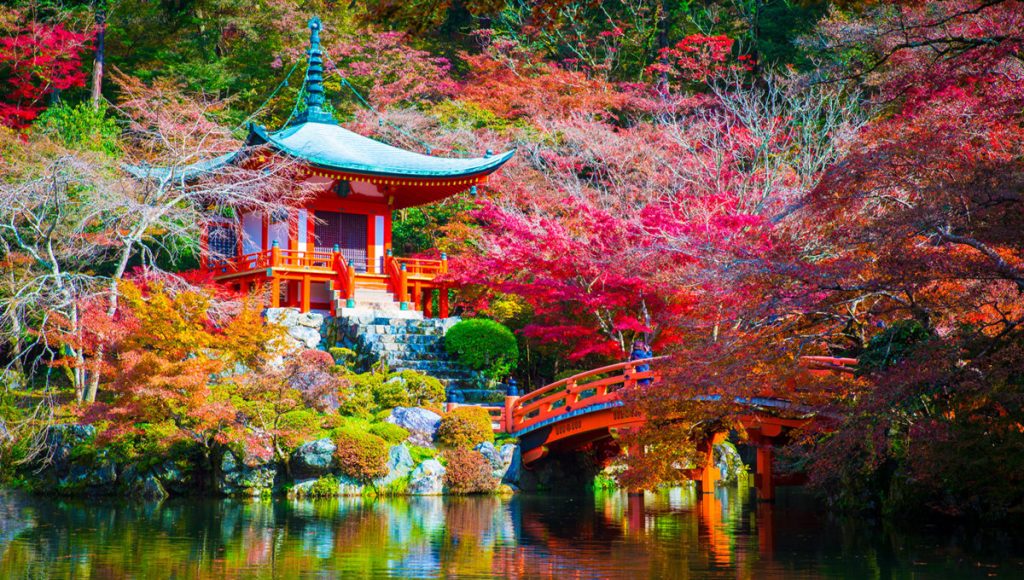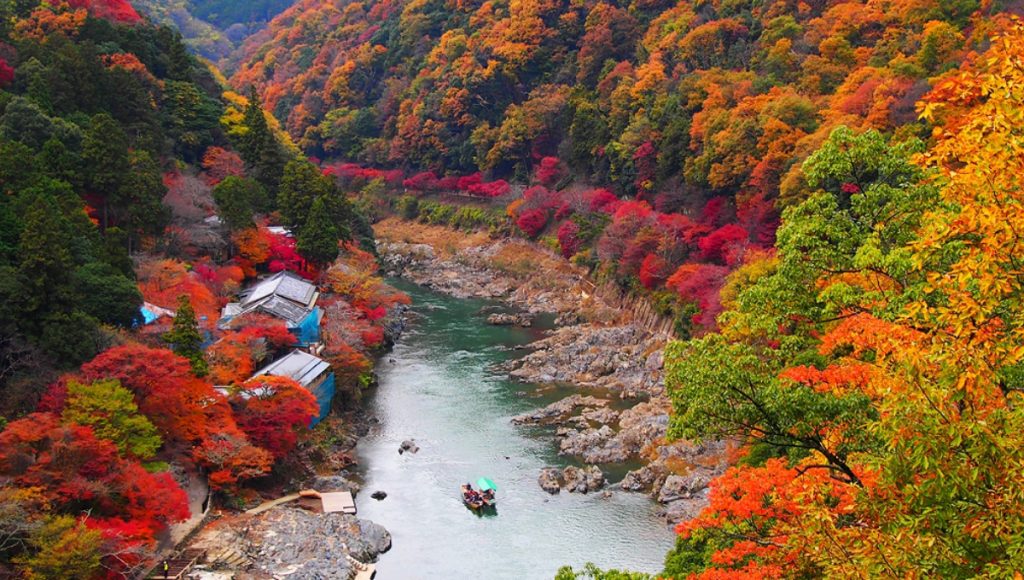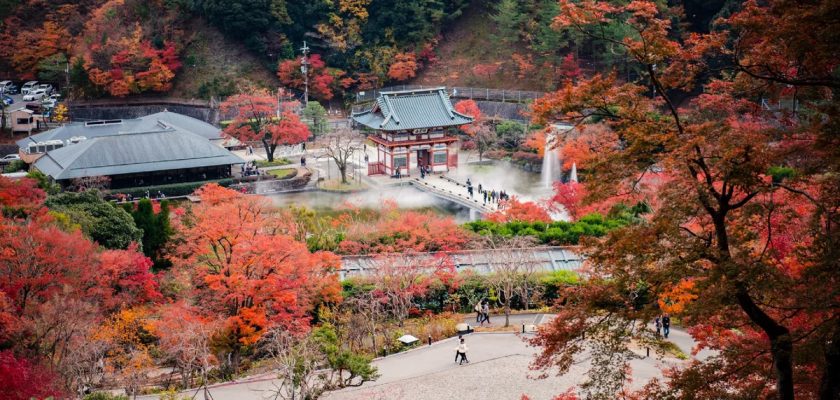In the US, they call it leaf peeping, in Japan, momijigari. It’s when people flock to parts of the country to see leaves change colour in autumn.
That’s how my latest piece for ABC Science starts, a guide to how leaves change colour in autumn, from green to yellow, orange, brown or red.
Autumn? Yes, for us in the southern hemisphere, days are shortening. With that, leaf pigments are unmasked, or made afresh, before leaves drop to the ground by winter. That’s true for deciduous trees that have been imported from the northern hemisphere anyway.

For Australian native deciduous trees, the story is a little different. They generally drop their leaves at other times of year, gradually throughout the year, or half a tree drops its leaves at once, then the other half follows. But that’s another story.
Rather than spoil the story of autumn leaf pigments, you can read the details here.
I can see red … but why do leaves, like this one from the Japanese maple tree in my back yard, bother changing colour?
I can see red … but why do leaves, like this one from the Japanese maple tree in my back yard, bother changing colour?

Well that’s the chemistry of HOW leaf pigments become visible in autumn. But ask plant scientists about WHY leaves change colour in autumn and you’ll get two very different stories.
Why would leaves take all that trouble making new pigments when they’re only going to end up on the ground anyway? It seems a lot of fuss for nothing.
Is it to protect the leaves from sunlight damage or to warn off insect herbivores? Does it have to be one or the other? Could it be a little bit of both? The scientists are still debating the evidence.

While pockets of Australia have mass plantings of deciduous trees that change colour in one go, we have nothing like the tourism to see autumn colours common in the US or Japan.
But chances are that you won’t have to go far to see autumn colours much closer to home, whether that’s in your local park, along the edge of the street or in your own garden.
The Japanese maple tree in my own garden is losing its vibrant green colour, with the edges of the leaves a reddish-brown. Soon, the anthocyanin pigments will kick in good and proper to give a wonderful bright red display.
Have leaves started to turn where you live?

